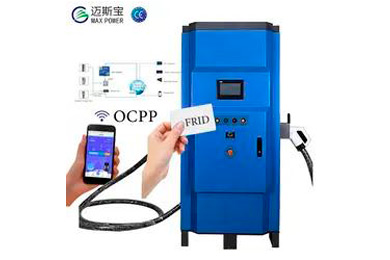
Understanding the charging capabilities of electric vehicles is crucial in maximizing their utility. One popular charging method is direct current charging (DC), which has gained attention for its potential to provide fast charging. In this article, we will discuss the concept of fast charging in the context of direct current charging for electric vehicles.
Direct current charging is a method of supplying electric energy to recharge the batteries of electric vehicles. Compared to alternating current charging (AC), which is commonly used in households, direct current charging offers a faster charging speed. The ev dc fast charging stations utilize a different electrical architecture that allows a direct flow of electricity to the vehicle's battery, enabling higher charging rates.
Direct current charging is considered fast charging due to its ability to deliver a higher power output. While AC charging typically operates at power levels of 3-22 kilowatts (kW), DC charging stations can provide power levels ranging from 50 kW to over 350 kW. This significant power boost allows electric vehicles to charge at a much faster rate, reducing charging times from hours to mere minutes.
Moreover, using direct current charging significantly improves the charging efficiency. AC charging involves a conversion of AC to DC within the vehicle, resulting in energy losses during the conversion process. In contrast, with direct current charging, the conversion happens outside the vehicle, reducing energy losses and making the charging process more efficient.
Although direct current charging offers faster charging, there are challenges to widespread adoption. One obstacle is the limited availability of high-power DC charging stations, which are still relatively rare compared to AC charging infrastructure. Expanding the DC charging network is essential to ensure convenient and widespread access to fast charging for electric vehicle owners.
Additionally, the current generation of electric vehicles may not be equipped to handle ultra-fast charging provided by high-power DC stations. Rapid charging can generate excessive heat, putting strain on the battery and potentially reducing its lifespan. Future advancements in battery technology and vehicle design are expected to address these concerns and support even faster charging rates.
Direct current charging offers the advantage of fast charging for electric vehicles. By providing higher power outputs and improved charging efficiency, it significantly reduces charging times compared to alternating current charging. However, challenges such as limited infrastructure and potential strain on batteries need to be addressed for wider adoption of this charging method. As technology progresses, it is likely that direct current charging will play a crucial role in powering electric vehicles quickly and efficiently.